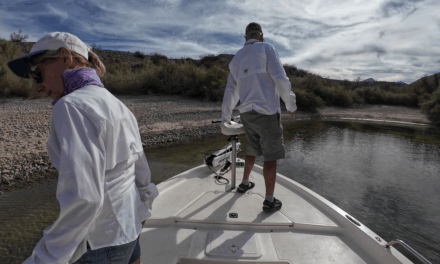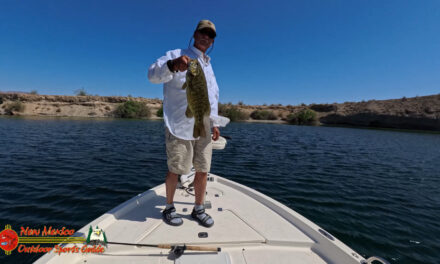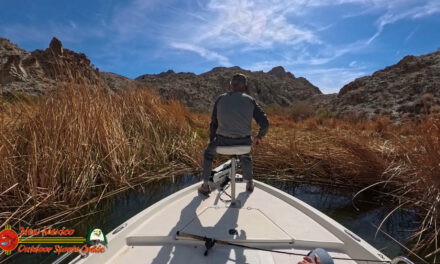TPWD Reorganization To Support Water Conservation – Lake Mohave
AUSTIN, Texas – The Texas Parks and Wildlife Department is merging its Resource Protection Division into other field divisions, a move agency leaders say will allow it to better focus on critical water resource issues.
Resource Protection is the environmental science division of the state agency, with teams that track fish kills and water pollution, comment about big development projects and research the water needs of rivers, bays and estuaries, among other duties.
“A key goal of this reorganization is to make sure water resource functions are evident in all we do—in wildlife, fisheries, law enforcement and state parks,” said Scott Boruff, TPWD deputy executive director for operations, who supervises day-to-day operations for all of the department’s field divisions.
“We’re about to go into our next round of strategic planning and that process is built around watersheds for the first time, so this reorganization will integrate water conservation functions throughout the agency.”
Boruff noted that the agency’s Resource Protection Division functions fulfill legislative mandates. Chapter 12 of the state Parks and Wildlife Code requires that TPWD “ — investigate fish kills and pollution that cause a loss of fish and wildlife resources; provide recommendations to protect fish and wildlife resources to local, state and federal agencies that approve, permit, license or construct development projects; and provide recommendations regarding instream flows and freshwater inflows to Texas estuaries for the management of fish and wildlife resources.”
“So we cannot stop providing those functions and we have no intention of doing so,” Boruff said. “On the contrary, we hope that by merging them with Coastal and Inland Fisheries, where the bulk of those functions will go, we will gain efficiencies and provide more resources to support and enhance those functions.”
As part of the reorganization, former Resource Protection Director Larry McKinney, Ph.D., will become the Coastal Fisheries Division Director, replacing Hal Osburn, who retired in August.
“I have two broad goals for Coastal Fisheries,” McKinney said. “One is the ecological health of our bays and estuaries. The other is sustainable fisheries, both recreational and commercial, so we can continue on the course we set some time ago to make sure all our fisheries are productive and providing economic value to the state. Those two goals are absolutely tied, because you can’t have a healthy coastal economy without a healthy ecology.”
The Resource Protection Division was created in 1985 as an outcome of a state Sunset Commission review of the department. At that time, the legislature recognized that the agency’s ability to conserve fish and wildlife were directly related to the health of the environment and the ecosystems that sustain people and wildlife.
Since then, the division has focused some of the agency’s most in-depth scientific expertise on big problems, such as bay inflow studies that took more than a decade to complete. Among other achievements, the division created the department’s Geographic Information Systems lab, which today mirrors the way the division supported the entire agency by providing computer mapping and ecosystem scale habitat analysis capabilities for all field divisions. The division has also led wetlands conservation and directed tens of millions of dollars in federal funding to restore Texas coastal habitat. When other state and federal agencies set standards, such as rules for stream water quality, it was Resource Protection employees who bird-dogged the often-tedious process of making sure fish and wildlife needs were adequately considered.
An internal work group at TPWD will iron out details of the Resource Protection Division reorganization, which will be finalized later this year in the agency’s FY 2005 budgeting process. – Lake Mohave






